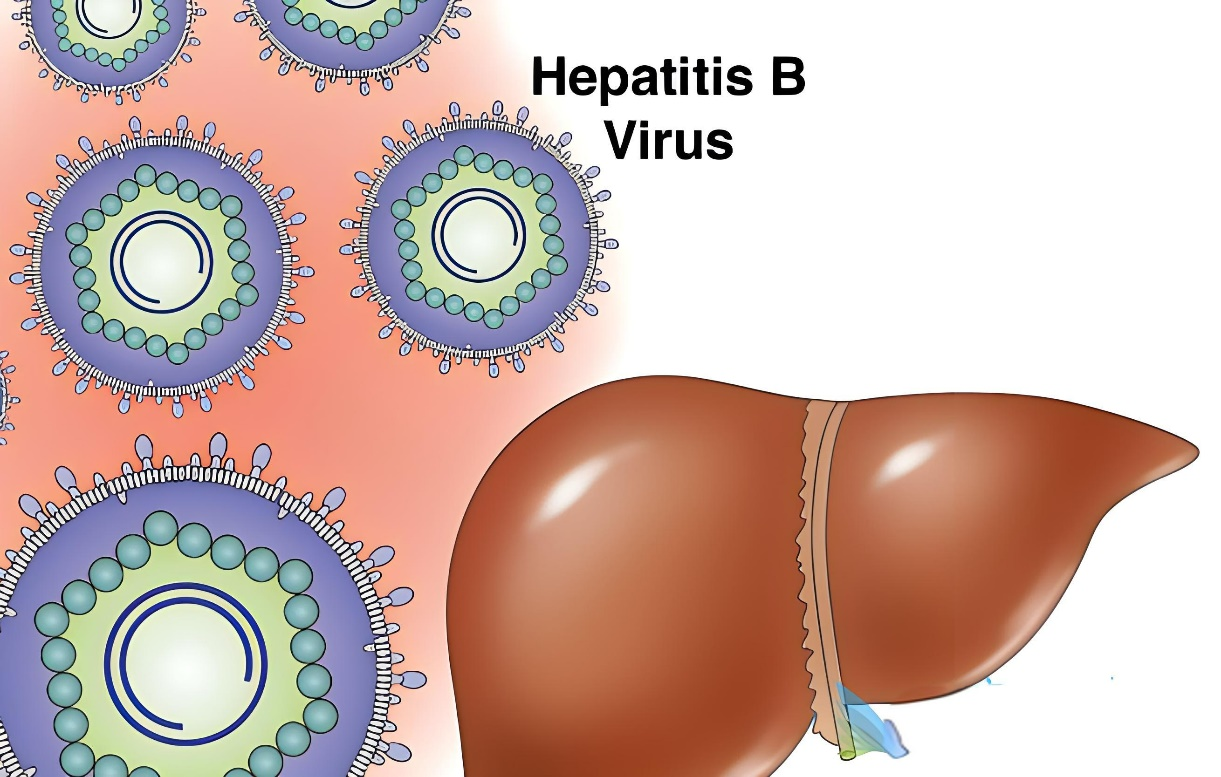A quarter of the world’s population has been infected with hepatitis B virus (HBV), and there are about 250 million chronic HBV infections at this stage. Because hepatitis B does not have any symptom for the most part, often carry the original with hepatitis B or exist in the form of chronic hepatitis, concealment is strong, and it has very strong infectivity again, transmission is very wide, prognosis is abominable, become the invisible killer that threatens crowd health seriously to exist on the society so, it is one of chronic contagion that medical group pays close attention to extremely, so cannot despise it. The main routes of transmission of hepatitis B are mainly blood-borne, mother-to-child vertical, iatrogenic or sexual contact.
Source:kangantu
Spontaneous clearance of the virus is achieved in 95% of adults infected with HBV, and 90% of newborns will develop chronic infection. The pathogenesis of chronic HBV infection is complex and has not yet been fully elucidated. HBV does not destroy hepatocytes directly, and the immune response caused by HBV is the main mechanism leading to hepatocyte injury and inflammation and necrosis. The persistence or recurrence of inflammation and necrosis is an important factor for chronic HBV infection to progress to cirrhosis or even HCC. Non-specific (innate) immune responses play an important role in the initial stage of HBV infection and initiate subsequent specific (adaptive) immune responses. HBV-specific immune response plays a major role in the clearance of HBV. CD8 + cytotoxic T lymphocytes can induce apoptosis of HBV-infected hepatocytes and inhibit HBV gene expression and replication in hepatocytes by secreting interferon-γ. Indeed, multispecific and viable HBV-specific CD8 + cell responses are associated with viral clearance, and HBV-specific CD8 + cell failure is a hallmark of persistent infection. In chronic infection, HBV-specific T lymphocytes are prone to apoptosis, and their ability to proliferate and produce cytokines is significantly reduced, resulting in functional exhaustion, which may be one of the mechanisms leading to persistent HBV infection. At present, it is believed that the lack of HBsAg specific cytotoxic T lymphocytes or insufficient function is an important reason for immune tolerance or inadequate immune response in chronic HBV infection.
At present, the detection of hepatitis B is mainly divided into immunological detection and molecular biology detection. Immunological testing is mainly aimed at the “two half-and-half” of hepatitis B, namely, hepatitis B surface antigen (HBsAg), surface antibody (HBsAb), e antigen (HBeAg), e antibody (HBeAb) and core antibody (HBcAb). Because the core antigen of hepatitis B is covered by e protein, its serum content is too low to complete the test. Hepatitis B surface antigen (HBsAg) is commonly used to determine whether the patient is infected with hepatitis B virus. It has been 55 years since it was discovered by Dr. Baruch Blumberg (Baruch Blum berg) in 1965.
Source:thepaper
Based on the research and development concept of scientific research, innovation and continuous optimization, BoatBio provides customers with high-quality in vitro diagnostic raw materials, and is committed to becoming a deep cooperative service partner of global in vitro diagnostic enterprises. The HBs Antigen Rapid Test Kit independently developed by BoatBIo helps IVD partners to supply a variety of related detection markers of hepatitis B virus for a long time, which has the advantages of fast, accurate and simple.
What is ” Big three positive ” and ” Small three positive “?
“Big three positive” means that in the two half-and-half tests of hepatitis B, hepatitis B surface antigen (HBsAg), E antigen (HBeAg) and core antibody (HBcAb) are all positive (1, 3 and 5 are positive). It is suggested that hepatitis B virus infection, active virus replication and infectivity. It does not indicate whether the condition is serious or not.
“Small three positive” means that in the two half-and-half tests of hepatitis B, hepatitis B surface antigen (HBsAg), E antibody (HBeAb) and core antibody (HBcAb) are all positive (1, 4 and 5 are positive). Compared with “big three positive”, “small three positive” usually means that the virus replication activity is low and the infectivity is relatively weak, but there may still be hepatitis activity or liver damage. Some “small three positive” patients may be due to virus mutation, although e antigen negative, but there is still continuous replication of the virus.
Importantly, whether it is big three positive or small three positive, we can not judge the severity of the disease simply based on these two indicators, but also need to combine liver function, HBV-DNA load, liver imaging examination and other comprehensive assessment of patient’s disease status and treatment needs. At the same time, the management and treatment of hepatitis B virus infection should be carried out under the guidance of professional doctors.
Source:sohu
The prevention and control strategies for hepatitis B mainly include vaccination, early screening, standardized treatment and health education. Vaccination is the most effective measure to prevent hepatitis B. Vaccination of hepatitis B vaccine can effectively improve the immunity of the population to hepatitis B virus and reduce the risk of infection. Early screening is helpful to detect hepatitis B patients in time so as to take targeted treatment measures to prevent the deterioration of the disease. Standardized treatment is the key link in the prevention and treatment of hepatitis B, including antiviral therapy, immunomodulatory therapy and hepatoprotective therapy, aiming at alleviating liver inflammation and delaying the progress of the disease. In addition, strengthening health education and raising public awareness and attention to hepatitis B are also important measures to prevent and treat hepatitis B and strive to achieve national health!
Post time: Mar-29-2024





